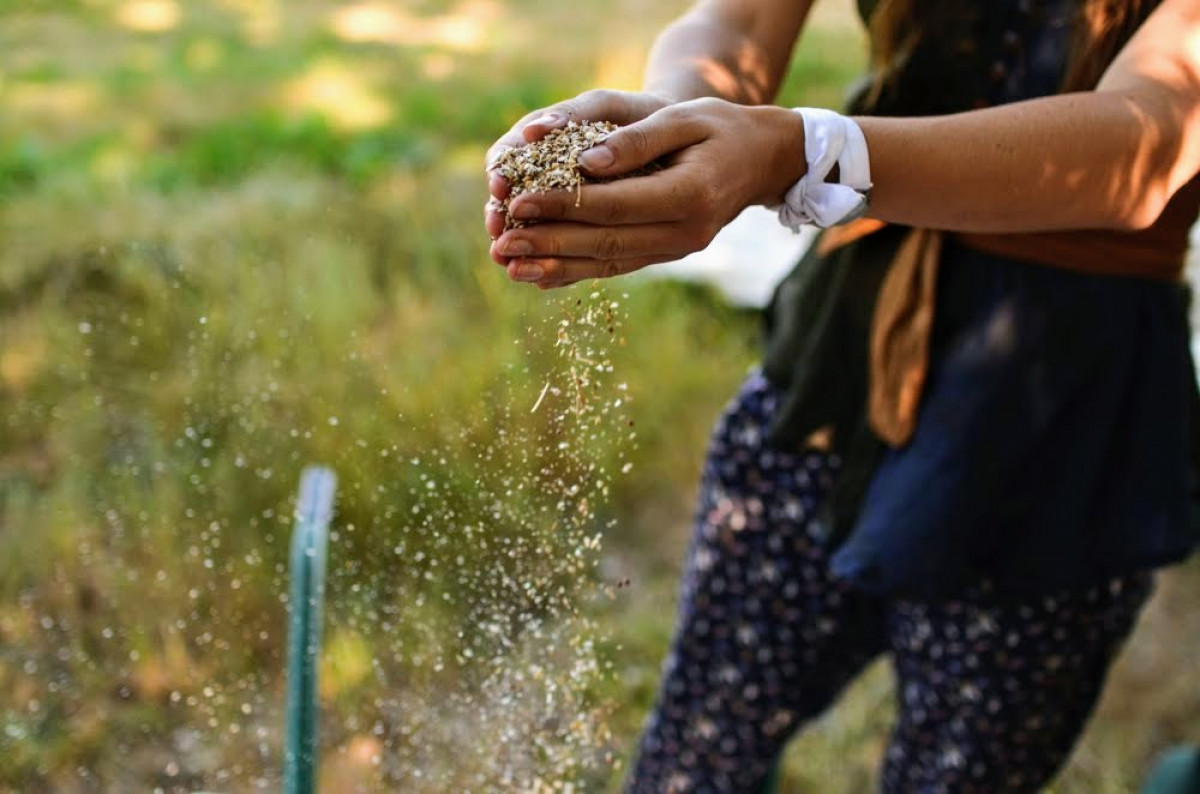The nutritional and genetic role of ancestral seeds
Written by Fulmina Institut

Seeds are the origin of all biological life on Earth: their existence dates back long before the appearance of the first Neerdanthal man. In the oldest Sumerian stone-engraved texts of mankind, seeds are already cited as having existed for over 600,000 years. Excavations at some archaeological sites in Mesopotamia have revealed their existence for 60,000 years.
In his book “The triumph of Seeds”, the conservative biologist Thor Hanson says “We live in a world of seeds. From our morning coffee to the cotton in our clothes, seeds are the neglected foundation of diets and economies around the world."
A variety of date pits were found in the 1960s by archaeologists under the ruins of Masada, the Jewish citadel brought down by the Romans in 73 AD. A botanist had the idea of planting one of the seeds that was dormant in a museum. This seed was replanted in the ground ended up germinating to give a palm tree several meters high. The same is true for the seeds of Egyptian red wheat found in several tombs which were also replanted in the 1960s. This wheat has the particularity of being able to grow in very arid land, while undergoing high temperatures, without the addition of fertilizers, pesticides or fungicides. It has a specific cob structure with double spiral grains like human DNA. The mitochondrial DNA of this wheat contains the 72 genetic codes of amino acids necessary to ensure the life of a human being. This explains why this red wheat was a holy cereal. It has unfortunately been forbidden to cultivate this grain since its discovery...
Experiments to bring back to life ancestral seeds found have multiplied in the world. Researchers have succeeded in reviving a tiny seed that was frozen in a squirrel's nest for more than 30,000 years in Antarctica.
Seed plants constitute 90% of the flora of our planet (at least what is left of it ...).
We know how to bring back to life old seeds that still had only one molecule of memory, but unfortunately we have not yet understood everything.
What keeps this memory of life for so long in the heart of some seeds? The mitochondrial DNA contains the energetic and frequency memory of Mother Nature (see morphogenetic fields). Within its DNA, this memory can trigger a minimum of energy still present to make adenosine triphosphate (ATP) to develop its growth and to assemble the different amino acids necessary for our biological constitution.
That's why real, original seeds provide our cellular and mitochondrial memory with all the nutrients to ensure the proper functioning of our cells.
Seeds have shaped human civilization. They evolved intelligently from prokaryotic cells (without the function of reproduction) to eukaryotic cells (able to reproduce and transmit life).
Thanks to this evolution from prokaryotic cell stage to eukaryotic cell stage, they "invented" sexuality!
It is important to preserve this genetic heritage of ancestral seeds that are the basis of our evolution, our identity, our immunity and the witness of our epigenetic memory.
Moreover, Johann Gregor Mendel, a monk had written in the middle of the nineteenth century, laws which are important as well as those of Darwin, because he had discovered the laws of heredity.
Powered by Froala Editor
